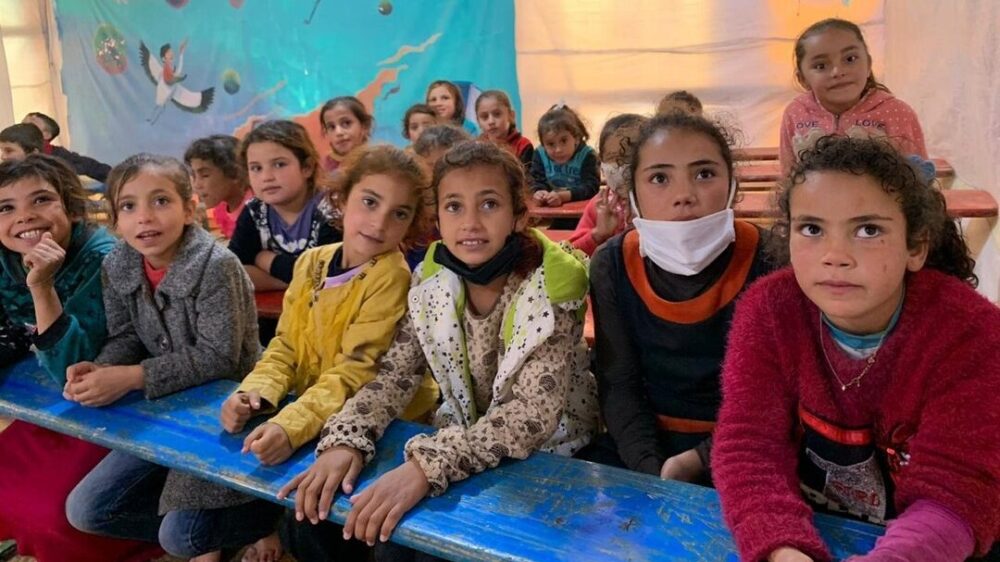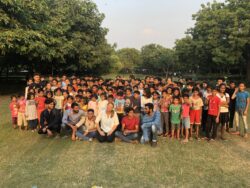
Impact figures: Education
Since 2020 we have been conducting comprehensive impact measurements across all help alliance projects using the so-called IOOI method for the first time. The impact logic of this method consists of four areas that build on each other: inputs (= resources), outputs (= services), outcomes (= effects at the level of the target group) and impacts (= effects at the societal level).
Here is an insight into the 2024 impact figures from our projects with a focus on education:
Input
As an internationally active aid organisation, help alliance was active on five continents in 2024 to provide disadvantaged people with access to education. The work aims to promote a humane learning environment, creating, among other things, access to drinking water, facilities for washing hands, gender-specific sanitary facilities, electricity, Internet and barrier-free and inclusive infrastructure for people with disabilities.
Output
![]()
The work in the help alliance education projects enabled 21,521 children to access (pre-)school education.
Furthermore, 2,997 children participated in afternoon tutoring sessions in 19 projects. 169 teachers were trained.
Outcome
![]()
In total, the future prospects of 7,720 children (50% female) were improved with a (pre-) school leaving certificate.
Among them, 267 children were able to obtain a pre-school certificate, 3,980 a primary school certificate, 1,891 a middle school certificate and 1,582 a high school certificate.
Impact
![]()
At the societal level, people in help alliance projects have gained inclusive and equal access to quality education worldwide.
In this way, help alliance contributes to the achievement of Goal 4 “Quality Education” of the 2030 Agenda for Sustainable Development.


